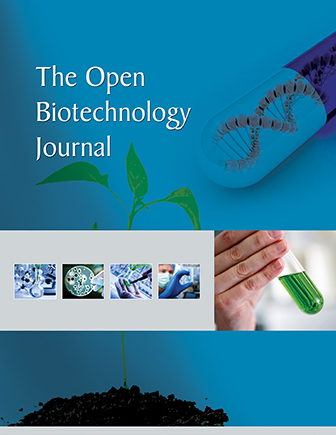All published articles of this journal are available on ScienceDirect.
Polyphenols as Suitable Control for Obesity and Diabetes
Abstract
Modern life is characterized by physical inactivity and poor food choices, which is often a prerequisite for unhealthy weight gain and overweight/obesity. These factors unlock the emergence of a number of diseases including diabetes, cardiovascular problems, different types of cancer, etc.
The pursuit of scientists to seek strategies to prevent, relieve and cure the patient leads to the usage of natural compounds of potential beneficial effect. Polyphenols are a large group of naturally occurring secondary metabolites mainly found in plants and beverages. The presence of these secondary metabolites seems to decrease the manifestation of miscellaneous disease-causing symptoms.
The purpose of this review is to synthesize information about polyphenols and their potential in controlling obesity and diabetes. Polyphenols are considered as health-beneficial sources and thus could be involved in novel strategies for preventing diabetes and obesity complications.


